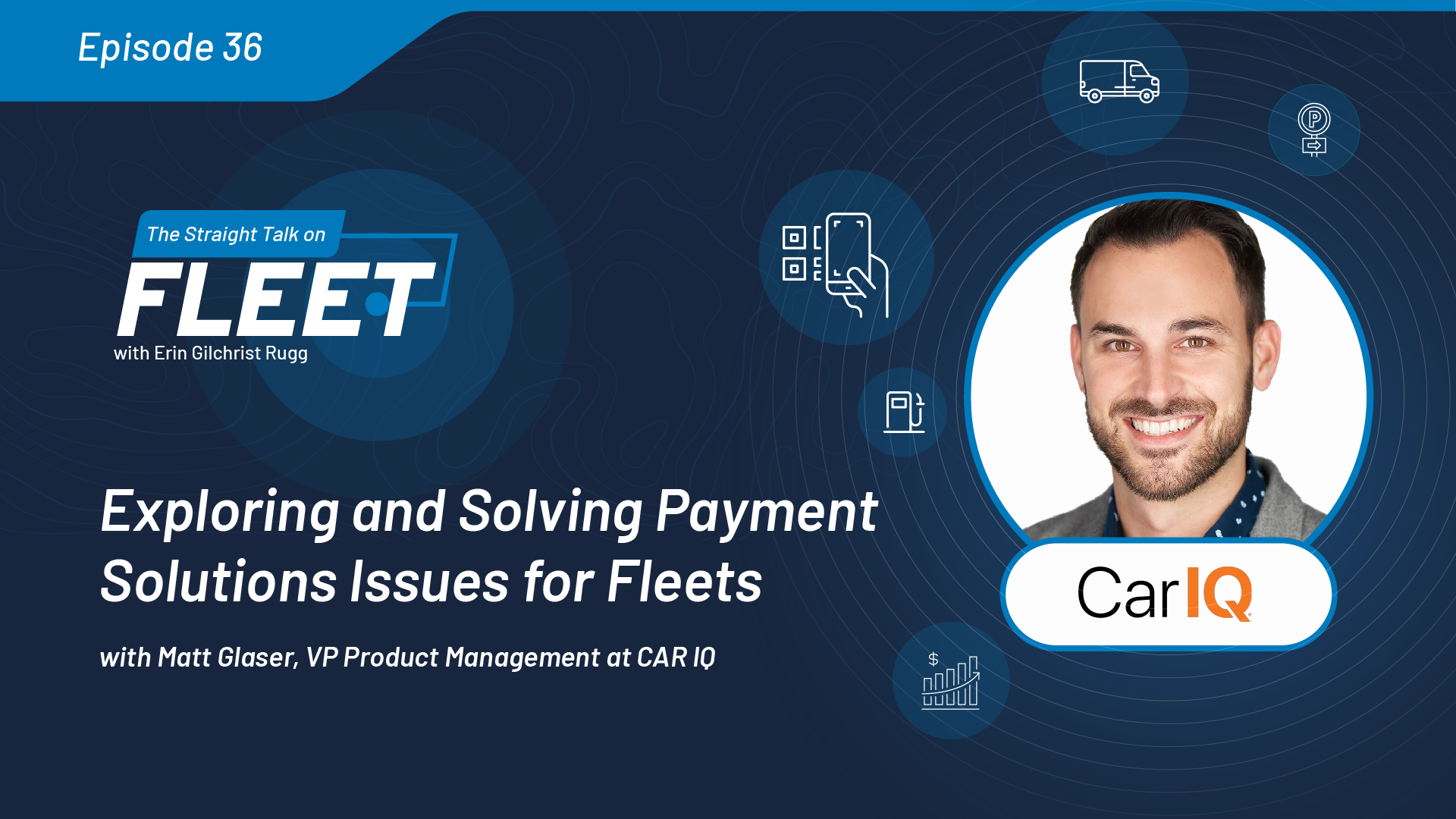With a majority of products being transported by truck every single day, you can easily see why truck drivers are in high demand. Currently, the American Trucking Association estimates that, as of 2021, there is a market shortage of over 80,000 drivers within the United States. This shortage is only expected to grow in the coming years as the popularity of internet shopping expands.
If your business depends on drivers to transport goods and services, you’re likely all too aware that good, happy drivers are the lifeblood of your business. Even more importantly, you may wonder what kind of salary you have to offer your drivers to stay competitive in the current market, while also incentivizing truckers to stay with your company for the long term.
Knowing the average truck driver’s salary can help you design a salary and benefits package that will allow you to hire the best truck drivers in the industry. Read below to find out just how much do truck drivers make and how you might be able to better incentivize drivers to join and stay on your team.
What is the Average Truck Driver Salary?
There are many factors to consider when establishing the salary you’ll pay to your truck drivers. These include years of experience, certifications, reputation, type of trucks the driver can drive, and more.
The average trucker salary can range from $39,000 to $66,000 per year, depending on the factors listed above as well as the individual company and states in which they operate across the country.
Additionally, the average salaries can depend widely on whether you are a regional extension of a large company or an owner-operator.
Some drivers only drive part-time, but while they are not getting the same salaries as full-time drivers, theirs is included in the above average.
It is also important to note that while these are just the average salaries, experienced truck drivers can make much more than the average.
What Kind of Benefits Should Be Included with Truck Driver Pay?
In addition to a steady salary that is usually paid weekly, most companies also offer various benefits and compensation packages to truck drivers. Between the additional pay and benefits, today’s truck drivers expect to be well compensated all around.
Like the average salary for a truck driver, benefits can fluctuate depending on whether they’re driving for a company or themselves. The benefits will also vary from state to state, and whether the driver is full-time or part-time. Offering a competitive benefits package on top of competitive salaries can be essential in attracting and retaining top drivers.
Take a look at some of the benefits that are offered by various companies around the country:
- Medical Insurance
- Dental and Vision Insurance
- Disability and Life Insurance
- Paid Vacation
- Tuition Reimbursement
- 401(k) Retirement Plans
- Employee stock options
- Fuel cards
- Paid tolls
You may want to provide additional benefits to help attract and keep the best drivers on staff. For example, some companies provide in-cab technology to make driving safer and more comfortable. Having these benefits helps to ease the mind and pocketbooks of many drivers who may have had to go elsewhere for insurance.
How Much Do CDL Drivers Make?
Since most trucking operations require drivers to be CDL licensed, the average CDL driver salary is as listed above – $39,000 to $66,000 per year.
There are different classifications of the CDL depending on what type of commercial truck you are driving. Most beginning truck drivers start with the basic CDL and then add on various endorsements that will allow them to drive different types of trucks.
As you might expect, the more endorsements a CDL driver has, the more they’ll expect to be paid for their work.
It is also essential to note that while other industries pay a set salary for their employees, truck drivers are often paid based on mileage. The amount of the mileage and cost per mile rate makes up a portion of the yearly salary average.
Truck Driver Wages: Small vs Large Company
While many people believe that the wages for a truck driver can fluctuate depending on whether the company is small or large, this isn’t entirely accurate.
There are, however, some differences between small and large companies when it comes to truck driver wages. The differences come into play when you consider the funds that they each have to pay drivers for their services.
Small companies tend to have fewer resources available to allocate compared to the number of truck drivers they need to fulfill their demands. Oftentimes, smaller fleets will hire their drivers as independent contractors instead of employees.
This means that they do not have to withhold taxes for those drivers. Instead, that burden falls on the drivers themselves. Small fleets most likely choose to do things this way so that they can grow their business in different ways such as through professional development, as well as save on the overhead costs that come with W2 employees. Working for smaller companies can add additional benefits for the driver, such as more control over their schedule, and more days off.
Larger businesses, however, have more in the way of payroll funds that they can allocate to paying the truck drivers. This is why many of these larger companies can offer better benefits and extra ways to help their employees. The trade-off is that driving for a larger company generally gives the employee less control over where they drive and the loads they haul.
How do Truckers Get Paid More: Savings and Bonuses
While truck drivers make their base pay from the mileage per week, in most companies they can supplement that with specialized savings and bonus opportunities. These bonuses may differ by company, but most competitive businesses will offer drivers something to incentivize safe or specialized driving skills.
Below are some common incentives offered by both large and small trucking companies in the US.
Offer a Sign-on Bonus
Recently, fleet operators have employed creative measures to attract more qualified drivers to work for them. Many offer significant sign-on bonuses for those who decide to drive for the company for a minimum period of time.
Like other companies who have offered sign-on bonuses as an incentive, fleets usually offer these in a few different ways. One is through a one-time payment after the driver has been with the company for a set amount of time. Another way is to disperse the payment in smaller chunks over the first few months of employment in order to incentivize drivers to commit.
Either way, sign-on bonuses are a great way for fleets to provide good drivers with an extra incentive when they are hired to join the team.
Offer Top Performer or Fuel Efficiency Rewards
While having a substantial sign-on bonus is a great incentive to attract new driver employees, there are also things that fleet managers can do to incentivize their current drivers.
One of these incentives is rewarding truckers who drive a certain amount of miles per month with a bonus. Not all companies offer this, but if you’re looking for a competitive edge, it’s a great incentive to offer.
Many fleets also offer rewards for employees who go a specific amount of time or miles without any kind of safety issue. Some take this idea a step further by offering bonuses for those meeting these milestones.
Some carriers try to encourage truck drivers to save fuel wherever possible while they are driving routes. For those drivers who meet or exceed these standards, a fuel efficiency bonus is given. Many companies use drivers’ scorecards in their fuel management operations to track the fuel consumption of drivers and set their bonus schedules.
Incentivize a HAZMAT Endorsement
Another way for truckers to bring in more money for themselves and the companies they work for is to acquire a HAZMAT Endorsement, allowing them to haul products that are deemed hazardous materials by the DOT. Getting this type of endorsement typically means a higher pay rate per load for most companies and some of this extra income is often passed on as a bonus to the driver.
If a driver chooses to get a HAZMAT Endorsement, they will need to submit the proper paperwork, including their photo ID and fingerprints, and they’ll need to pass a background check. Once this is completed, they must also pass the endorsement exam.
It is important to note that this endorsement makes a driver more marketable as some companies specialize in HAZMAT hauling.
If your company doesn’t currently transport HAZMAT material, note that you will also need to get a special endorsement from the DOT in order to do so.
Explore Oversized Load Trucking
If you deal with hauling oversized products such as farm equipment, aerospace equipment, bridge parts, and more, you can let prospective drivers know they are set to make a higher salary.
Fleets that deal with oversized loads are always looking for skilled drivers who can handle the work in tricky situations.
Final Thoughts
Whether you are a truck driver looking to see how you can get paid a little more for what you do, or a fleet manager wondering how you can be competitive in truck driver compensation, hopefully, this article answers your questions about how much truck drivers are paid. Finding the average truck driver salary is straining your budget as a fleet manager? We offer a full suite of tools and programs including Fuel Management and Route Management systems to help you save more while still offering a competitive trucker driver salary.




![Episode 50 Thumbnail Erin celebrates building the fleet community with 50 episodes and 11K followers on LinkedIn [Podcast]](https://intellishift.com/wp-content/uploads/2022/04/truck-driver-salary.jpeg)



